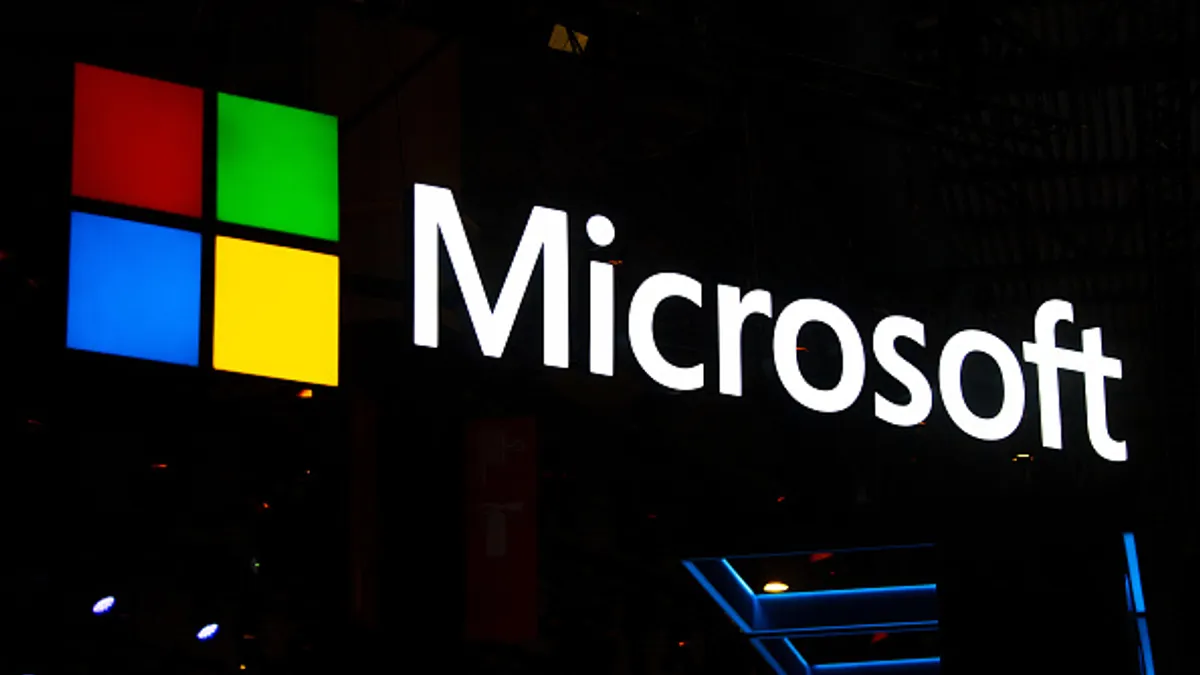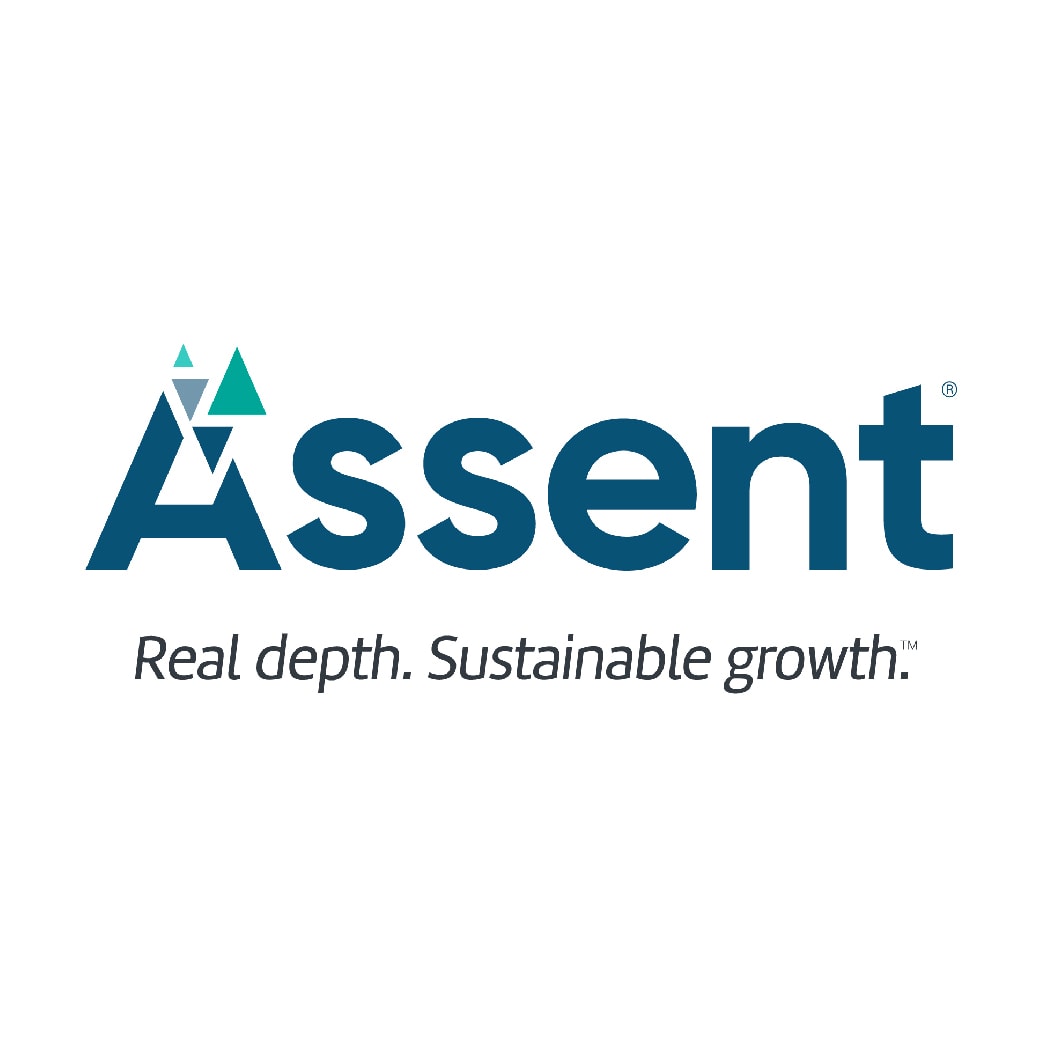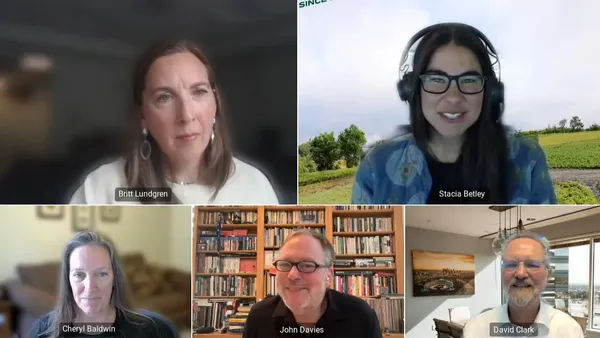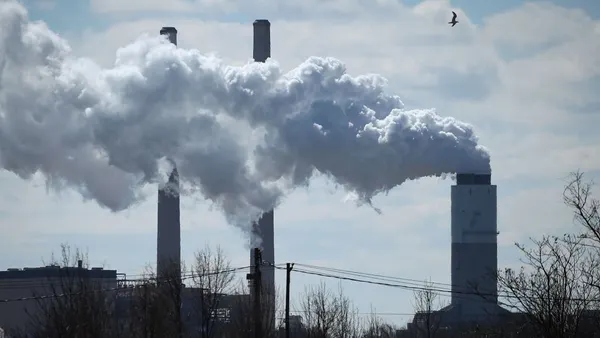Dive Brief:
- Microsoft and Carbon Direct released the latest iteration of their “Criteria for High-Quality Carbon Dioxide Removal” Thursday, which are a set of standards penned by both companies to rapidly scale decarbonization solutions through CDR procurement.
- The tech giant and carbon management firm said that despite the availability of several carbon dioxide removal initiatives on the market, many projects suffer from quality gaps that range from underdeveloped monitoring, reporting and verification systems to lack of a common framework.
- The guidance noted that the global community must remove between 100 billion to 1 trillion metric tons of carbon dioxide by the year 2100 to “limit persistent warming” to no more than 1.5 degrees Celsius. However, large-scale carbon dioxide removal projects must be able to remove 5 to 10 gigatonnes of carbon dioxide annually by midcentury to reach this target, according to Microsoft and Carbon Direct’s estimate.
Dive Insight:
The two companies said achieving that 2050 goal will require rapidly scaling up and deploying all viable carbon dioxide removal methods.
Further, developing a criteria that establishes a common framework for CDR project development and procurement is essential to “define a best-in-class CDR project,” per Microsoft and Carbon Direct.
“The 2025 criteria reflect the latest science and operational insights, providing a foundation for continuous improvement to help ensure that as the carbon removal market grows, it does so with integrity and transparency,” Microsoft Senior Director of Energy Markets Brian Marrs said in a July 10 release.
The criteria is the fifth edition from the two companies, which was originally unveiled in 2021. The latest version offers enhanced guidance and learnings from Microsoft based on its expansive carbon dioxide removal program. The tech company contracted over 22 million tonnes of removals in 2024 alone and has evaluated more than 400 project applications since 2023.
The 2025 CDR criteria offers standards and guidance across nine distinct pathways, including natured-based solutions, such as afforestation and soil carbon sequestration, direct air capture and marine carbon removal. The criteria offered updated guidance on the most up-to-date scientific research, operational experience, and regulatory developments concerning each pathway as well.
This addition comes shortly after Microsoft and Carbon direct unveiled standards to boost the development of marine carbon dioxide removal projects and the purchase of related carbon credits in April. At the time, both companies said the science-based criteria will help scale ocean-based decarbonization solutions and “address key principles such as environmental integrity, monitoring, durability, and social impact.” The standards also offered guidance on how marine carbon removal can be measured, monitored, reported and verified.
The new criteria also placed an increased emphasis on direct measurement over modeling when it comes to carbon accounting. The guidance’s revised measurement protocols now incorporate improvements in “remote sensing, automated monitoring systems, and analytical techniques,” which are all new developments that have emerged since the criteria’s previous edition.











